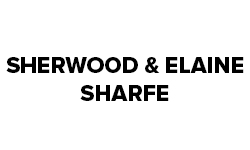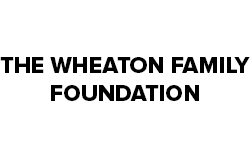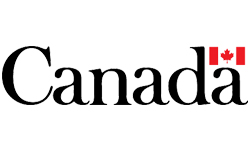
Teacher Toolkit
Thinking Routines and Discursive Strategies

Circle of Viewpoints
Who is this for?
All grades
Why use it?
Invites participants to identify multiple perspectives for a question, problem, issue, or event
To reason from and reflect on diverse points of view
Participants can speak from a point of view close to the one they actually hold at the time, or from one which they struggle to understand
Whatever they choose, their fellow participants will not know what they think, unless they choose to reveal this
Bloom’s Level
Apply
What is it?
This discursive strategy invites students to identify multiple perspectives.
Materials – Question Cards
Set-Up – Whole group to start then form circles with 6-10 students
How does it work?
1. Ask students/participants/colleagues to identify the different viewpoints that could be involved in or affected by the issue, question, or problem. Each person writes 3 possible viewpoints on a sticky note.
2. Next, participants to put their sticky notes on a wall, spread out so many people can look at them at once.
3. Now, each participant chooses a viewpoint/sticky note to speak from/represent. (Note: The word on the sticky note may be quite general. Invite participants to make viewpoints more specific. For example, if a person chooses “politician,” they could then choose an actual political party or politician and speak from this more precise point of view.)
4. Participants then form circles, ideally of 6-10. In each circle, one at a time, each person expresses the following from their chosen point of view. There is no discussion during the circle.
Closing
When everyone in the circle is done, the facilitator poses these questions to the large group:
- What new observations, thoughts, and insights do you have about the issue, now that you have heard these points of view? What new questions do you have about the issue?
© 2024 Concentus Citizenship Education Foundation Inc. All Rights Reserved.









